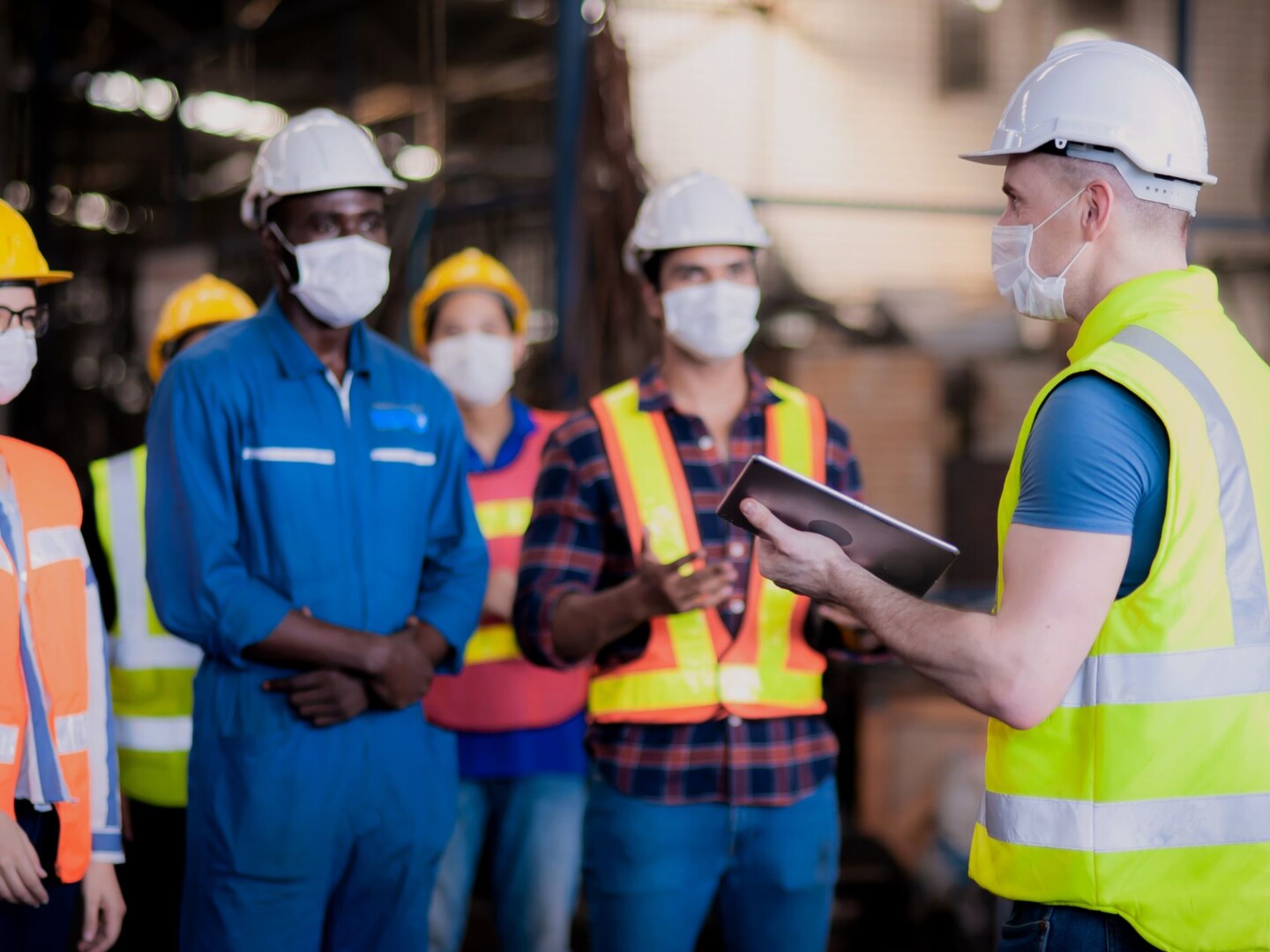


One of the biggest misconceptions in business is that safety slows things down. In reality, when safety is embedded into the way your people work, it not only prevents accidents but also improves efficiency, reduces downtime, and boosts morale. A safety-first culture doesn’t have to be complicated or time-consuming, it’s about making safety part of your everyday operations without adding unnecessary red tape.
In this blog, we’ll explore practical strategies to build a safety-first culture that protects employees, meets compliance requirements, and supports productivity.
Safety should never be seen as separate from business performance. The truth is, the two go hand in hand. Every accident or incident has a ripple effect: time off work, replacement staff, investigations, potential fines, and damage to reputation.
When leaders position safety as a way to reduce costs, minimise disruption, and improve staff wellbeing, it becomes clear that a safety-first culture is a business enabler. Safer environments also foster loyalty, employees feel more valued when their wellbeing is a top priority, which directly impacts productivity.
Risk assessments and method statements (RAMS) are often seen as paperwork exercises, but when used correctly, they are powerful tools for efficiency. They help teams identify potential hazards before work begins, set out the safest way of doing a job, and clarify responsibilities.
By integrating RAMS into onboarding, toolbox talks, and project planning, employees become familiar with safety expectations without feeling restricted. The result? Work is carried out more smoothly, with fewer interruptions due to accidents or confusion.
Some risks are so frequent that they can become overlooked, slips, trips, and falls being one of the most common. These incidents account for a significant percentage of workplace injuries every year, leading to lost workdays and unnecessary costs.
Simple actions such as better housekeeping, clear signage, adequate lighting, and the right footwear can drastically reduce incidents. Tackling these “everyday risks” keeps teams on track, avoids disruption, and reinforces the idea that safety is part of operational excellence rather than a hindrance.
A safety-first culture isn’t created by policies alone, it’s built through people. Employees at every level need to feel empowered to speak up, raise concerns, and take responsibility for safe working.
Regular health and safety training sessions, toolbox talks, and practical demonstrations make safety knowledge stick. More importantly, open communication channels, where employees feel listened to, create an environment where safety is a shared responsibility. Instead of slowing work down, this approach streamlines decision-making because everyone knows the standards and how to apply them.
Health and safety compliance requires businesses to keep accurate records, policies, training logs, incident reports, and risk assessments. But if those health and safety documents are buried in filing cabinets or scattered across email inboxes, they create frustration rather than efficiency.
Using digital tools or software to manage documentation ensures everything is up-to-date and easy to access. This reduces the time wasted searching for information during inspections or audits and gives managers confidence that compliance is being maintained. Streamlined processes mean teams can focus on the job itself rather than chasing paperwork.
A safe workplace isn’t only about physical hazards. Stress, anxiety, and burnout are also major risks, and they have a direct impact on productivity. Stress-related illness is one of the leading causes of absence in the UK, often resulting in weeks of lost work per employee.
Businesses that adopt a safety-first culture must also consider mental wellbeing. Regular breaks, flexible working, clear communication of expectations, and access to support services help reduce workplace stress. A workforce that feels supported is more engaged, more productive, and far less likely to make mistakes.
Many businesses, particularly small and medium-sized ones, struggle to dedicate the time and resources needed to manage health and safety effectively. Outsourcing or seeking external consultancy support can be a smart solution. It ensures expert guidance, tailored health and safety audits, and practical advice, without the cost of hiring a full-time specialist.
Bringing in external expertise also gives leadership peace of mind. With professional support managing compliance, internal teams can focus on their core roles while still maintaining high safety standards.
A safety-first culture thrives when employees see that their efforts are recognised. Celebrating milestones, such as successful audits, or completed training, reinforces positive behaviour. Recognition doesn’t have to be expensive; even simple acknowledgements in team meetings help remind employees that their commitment to safety makes a difference.
This reinforcement creates momentum, helping safety to become second nature rather than an additional task. Over time, safe practices become the default way of working.
Creating a safety-first culture doesn’t mean slowing down productivity. When done right, it achieves the opposite: it makes operations smoother, reduces costly incidents, and builds stronger, more engaged teams. By aligning safety with business goals, integrating it into daily workflows, tackling risks early, and supporting both physical and mental wellbeing, organisations can protect their people while unlocking greater efficiency.
Safety is not a barrier, it’s the foundation of sustainable productivity.
At SafeWorkforce, we help businesses build practical, people-focused safety strategies that support compliance and efficiency. From tailored consultancy to user-friendly health and safety software, our solutions are designed to make safety simple, effective, and scalable.